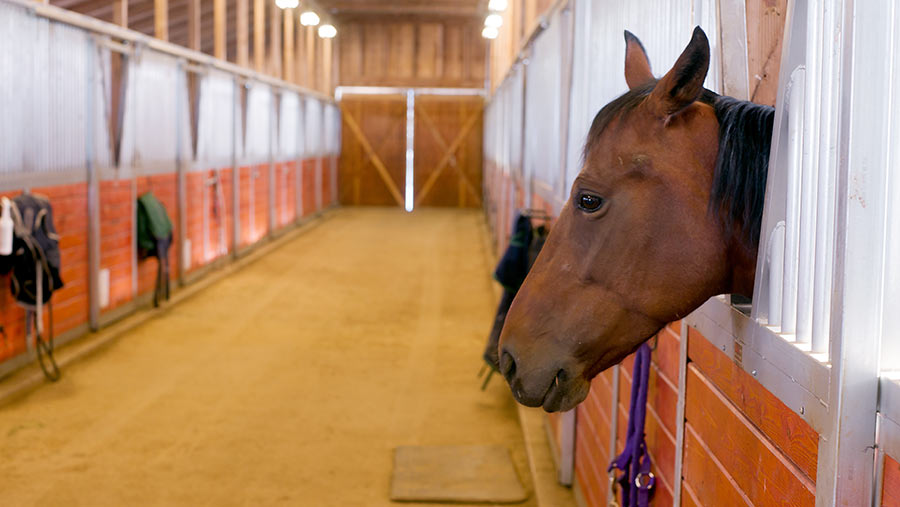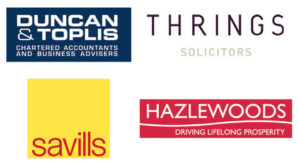Business Clinic: Advice on capital and inheritance taxes when diversifying
 © Ingram Image
© Ingram Image There is great scope for diversification on many farms. Nicholas Smith of accountant Duncan & Toplis outlines the importance of taking a long-term look at the tax implications of plans for alternative enterprises to reduce the chance of nasty surprises many years down the line.
Traditional farming activities have many tax advantages in respect of capital taxes, attracting relief from capital gains tax (CGT) and inheritance tax (IHT) that diversification might not.
My advice is to embrace diversification projects, but to think about capital taxes and succession as early as possible.
We accountants and tax advisers often give our traditional farming clients a hard time when it comes to profitability.
In encouraging them to look for different ways to make a decent living from the assets they own, we might ask if they have thought about making better use of redundant or underused farm buildings.
Or whether they are aware that renting land to the renewable energy industry will produce a substantially better rate of return than growing crops or raising livestock.
Whatever alternative enterprise is planned, you do need to keep an eye on how that might affect future tax liabilities. The main considerations will be CGT and IHT.
Capital gains tax
CGT is charged when assets are sold for more than they cost.
If, for example, land is sold that has always been used in the farming business, the gain can be deferred indefinitely if replacement land or buildings are bought with the proceeds and used in a trading business.
This is known as rollover relief and many will have heard of people buying land with “rollover money”.
There is a time-limited period in which to reinvest the proceeds. It extends from 12 months before and three years after the date of sale. This can pass surprisingly quickly – we all know you can’t buy what’s not for sale.
But what does that mean for a diversified farm? Well, nothing changes if the diversification is still a trading activity, such as a farm shop or even furnished holiday lettings.
Key CGT and IHT points
- Think carefully about what type of alternative enterprise to launch – the tax implications vary widely.
- Diversification enterprises that can be shown to be trading activities will generally have fewer IHT and CGT issues than those that are seen as purely investment businesses.
- Entrepreneurs’ relief can cut the CGT bill to 10% if the disposal of a business meets certain conditions – one of which is that the disposal must be of a trading asset.
See also: Business Clinic – why has my tax bill gone up when my profit has fallen?
The problem arises when the diversification is not trading, but more of a passive investment, such as storage facilities, let rural offices or even just renting out land on a farm business tenancy.
HMRC will not allow rollover relief unless the asset sold has been used throughout ownership in a trade, and property rental businesses are not treated as a trade.
Even if you just want to retire and don’t mind paying the tax due, there are other considerations.
With the exception of residential property, the highest rate of CGT is 20%, which sounds remarkably generous when compared with 40%, or even 45%, for income tax.
It gets even better if you can get entrepreneurs’ relief (ER), which brings the CGT rate down to 10%.
The problem is that ER only applies where there is a business disposal as well as an asset disposal, so it’s fine for a retirement from farming, but not for the sale of a parcel of land, for example
More importantly, it doesn’t apply to non-trading assets, so be careful if you’re thinking of selling diversified property.
ER can apply if your diversification is into other trading activities, perhaps running your own ice-cream parlour, or providing full horse livery, but not renting out buildings or DIY horse livery.
Inheritance tax
If you have no intention of selling, CGT isn’t really much of a concern, but IHT might be. Again, the farming industry currently has had little to fear from IHT generally: agricultural property relief (APR) and business property relief (BPR) have largely exempted inherited farms in the past.
A diversification project may not be so lucky in this regard. By definition, APR only applies to property used in agriculture and only to its value in that use.
So, for example, equine activities will almost never benefit from APR. However, in the case of the Estate of Maureen M Vigne (deceased), it was ruled that BPR was available.
Mrs Vigne had owned 12ha on which she operated a horse livery business and it was held that she had undertaken sufficient activities for it to be a trade.
This compares favourably to most furnished holiday letting businesses which, unlike the CGT preferential treatment, are very rarely found to be trading.
IHT is charged at 40% on death, which is a substantially higher rate than CGT, so it’s better not to leave death to deal with tax planning.
Do you have a question for the panel?
 Outline your legal, tax, finance, insurance or farm management question in no more than 350 words and Farmers Weekly will put it to a member of the panel. Please give as much information as possible.
Outline your legal, tax, finance, insurance or farm management question in no more than 350 words and Farmers Weekly will put it to a member of the panel. Please give as much information as possible.
Send your enquiry to Business Clinic, Farmers Weekly, RBI, Quadrant House, The Quadrant, Sutton, Surrey SM2 5AS.
You can also email your question to fwbusinessclinic@rbi.co.uk.
